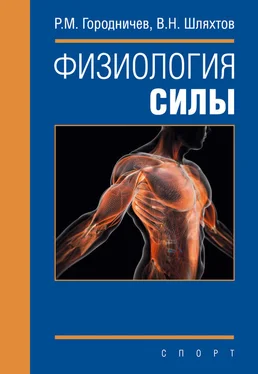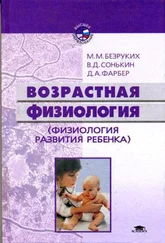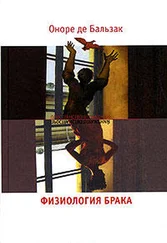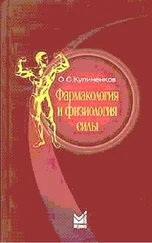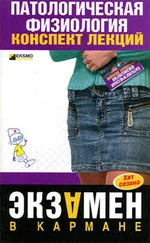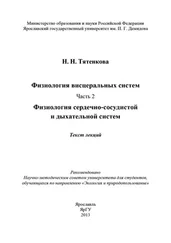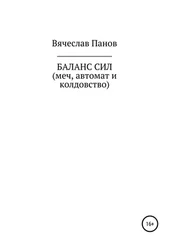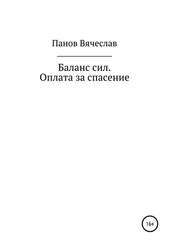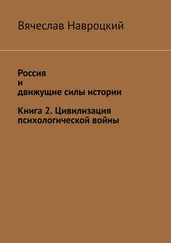140. Aldercruetz H., M. Harkonen K. Kuoppasalmi el al. 1986. Effect of training on plasma anabolic and catabolic steroid hormones and their response during physical exercise. International Journal of Sports Medicine (Suppl.); 7: 27–28.
141. Alen M., A. Pakarinen K. Hakkinen et al. 1988. Responses of serum androgenic-anabolic and catabolic hormones to prolonged strength training. International Journal of Sports Medicine; 9 (3): 229–233.
142. Alen M., and K. Hakkinen. 1987. Androgenic steroid effects on several hormones and on maximal force development in strength athletes. Journal of Sports Medicine and Physical Fitness; 27: 38–46.
143. Arnold A. P., and R. A. Gorski. 1984. Gonadal steroid induction of structural sex differences in the central nervous system. Annual Review of Neurostience; 7: 413–442.
144. Asa M. 1959. The Effects of Isometric Exercise on the Strength of Skeletal Muscle. Doctoral Dissertation, Springfield College.
145. Barker А. Т. Non-invasive magnetic stimulation of human motor cortex / А. Т. Barker, R. А. Jalinous, I. L. Freeston. – Lancet. -1985. – V. l. – P. 1106–1107.
146. Bartolomei S. Block vs. Weekly Undulating Periodized Resistance Training Programs in Women/ Stout, Jeffrey R. Fukuda, David H. Hoffman, Jay R. Merni, Franco. Journal of Strength & Conditioning Research: October 2015 – Volume 29 – Issue 10 – p. 2679–2687.
147. Bastiaans J. J., A. B. van Diemen, T. Veneberg, and A. E. Jeu-kendrup. 2001. The effects of replacing a portion of endurance training by explosive strength training on performance in trained cyclists. European Journal of Applied Physiology; 86: 79–84.
148. Bedoya A. Plyometric Training Effects on Athletic Performance in Youth Soccer Athletes: A Systematic Review // A. Bedoya, M. R. Miltenberger, R. M. Lopez/ J Strength Cond Res. 2015 Aug; 29 (8): 2351-60.
149. Bell G. J., G. D. Snydmiller, D. S. Davies, and H. A. Quinney. 1997. Relationship between aerobic fitness and metabolic recovery from intermittent exercise in endurance athletes. Canadian Journal of Applied Physiology; 22: 78–85.
150. Bemben D. Effects of combined whole-body vibration and resistance training on muscular strength and bone metabolism in postmenopausal women // D. A. Bemben, I. J. Palmer, M. G. Bemben, A. W. Knehans/ Bone. 2010 Sep; 47(3): 650-6.
151. Berger R. 1962. Comparison of static and dynamic strength increases. Res Q.; 33: 329–333.
152. Berger R. 1965. Comparison of the effect of various weight training loads on strength. Res Q.; 36: 141–146.
153. Berger R. and B. Hardage. 1967. Effect of maximum loads for each of ten repetitions on strength improvement. Res Q. 38: 715–718.
154. Berger R. 1965. Comparison of the effect of various weight training loads on strength. Res Q.; 36: 141–146.
155. Bickford R. G. Neural stimulation by pulsed magnetic fields in animals and man / R. G. Bickford, B. D. Flemming // Digest of the 6 thInternational conference on medical electronics and biological engeneering (Tokyo). – Tokyo, 1965. – P. 6–7.
156. BlessingD., D. Wilson, R. Rozenek et al. 1986. Performance, body composition, heart rate, blood lipids and hormonal effects of short term jogging and weight training in middle age sedentary men. Journal of Applied Sport Science Research; 1: 25–29.
157. Bonde-Peterson F, Knuttgen H. G, Henriksson J. Muscle metabolism during exercise with concentric and eccentric contractions. J Appl Physiol. – 1972; 33: 792–795.
158. Bosco C,J. Tihanyi and A. Vim. 1996. Relationship between field fitness test and basal serum testosterone and cortisol levels in soccer players. Clinical Physiology; 16: 317–322.
159. Brewer C. B. Use of Analgesics for Exercise-Associated Pain: Prevalence and Predictors of Use in Recreationally Trained College-Aged Students// Brewer, Christi B.; Bentley, John P.; Hallam, Jeffrey S.; Woodyard, Catherine D.; Waddell, Dwight E / Journal of Strength & Conditioning Research: January 2014 – Volume 28 – Issue 1 – p. 74–81.
160. Brooks G. A., K. J. Hittelman, J. A. Faulkner, and R. E. Beyer. 1971. Temperature, skeletal muscle mitochon-drial functions and oxygen debt. American Journal of Physiology; 220: 1053–1068.
161. Brooks G. A., T. D. Fahey, and T. P. White. 1996. Exercise physiology (2nd ed.). Mountain View, CA: Mayfield.
162. Brunholzl C. Central motor conduction time in diagnosis of spinal processes Nervenarzt / C. Brunholzl, D. Claus, E. Bianchi. -1993. – № 64 (4), Apr. – P. 233–237.
163. Buitrago S. Effects of load and training modes on physiological and metabolic responses in resistance exercise/ S. Buitrago, N. Wirtz, A. Yue, H. Kleinoder, and J. Mester./ European Journal Applied Physiology; 112: 2739–2748, 2012.
164. Burleson M. A., H. S. O’Bryan, M. H. Stone, M. Collins and T. Triplett-McBride. 1998. Effect of weight training exercise and treadmill exercise on post-exercise oxygen consumption. Medicine and Science in Sports and Exercise; 30: 518–522.
165. Busso T., K. Hakkinen A., Pakarinen et al. 1992. Hormonal adaptations and modeled responses in elite weightlifters during 6 weeks of training. European Journal of Applied Physiology; 64: 381–386.
166. Chye L. Corticomotor excitability of wrist flexor and extensor muscles during active and passive movement // Lilian Chye, Ken Nosaka, Lynda Murray, Dylan Edwards, Gary Thickbroom / Volume 29, Issue 4, August 2010, Pages 494–501.
167. Cook C. Three weeks of eccentric training combined with overspeed exercises enhances power and running speed performance gains in trained athletes // C. J. Cook, C. M. Beaven, L. P. Kilduff / Journal of Strength and Conditioning Research, – 2013. 27 (5), pp. 1280–1286.
168. Cote C. J., A. Simoneau, P. Lagasse, M. Boulay, M. C. Thibault, M. Marcotte and С. Bouchard. 1988. Isokinetic strength training protocols: do they induce skeletal muscle fiber hypertrophy? Arch Phys Med Rehab; 69: 281–285.
169. Counsilman J. 1971. New approach to strength building. Scholastic Coach.
170. Counsilman J. 1969. Isokinetic exercise: a new concept in strength building. Swimming World; 10:4.
171. Counsilman J. Feb. 1972. Isokinetic exercise. Athletic J. 52 (6).
172. Coyle E. F., Feiring D. С. Rotkis Т. С., Cote R. W., Roby К.,
В. W. Lee, and J. H. Wilmore. 1981. Specificity of power improvements through slow and fast isokinetic training. J Appl Physiol: Respirat Environ Exerc. Physiol; 51 (6):1437–1442.
173. DeLorme Т. and A. Watkins. 1948. Techniques of progressive resistance exercise. Arch Phys Med Rehab. 29: 263–273.
174. Dessypris K., K. Kuoppasalmi and H. Aldercreutz. 1976. Plasma cortisol, testosterone, androstenedione and luteinizing hormone (LH) in a non-competitive marathon run. Journal of Steroid Biochemistry; 7: 33–37.
175. Dohm L. and T.M. Louis. 1978. Changes in androstenedione, testosterone and protein metabolism as a result of exercise. Proceedings of the Society for Experimental Biology and Medicine; 158: 622–625.
176. Dudley G. A., and R. Djamil. 1985. Incompatibility of endurance-and strength-training modes of exercise. Journal of Applied Physiology; 59 (5): 1446–1451.
177. Ekblom M. Improvements in dynamic plantar flexor strength after resistance training are associated with increased voluntary activation and V-to-M ratio. J Appl Physiol. – 2010, 109: 19–26.
Читать дальше
Конец ознакомительного отрывка
Купить книгу
